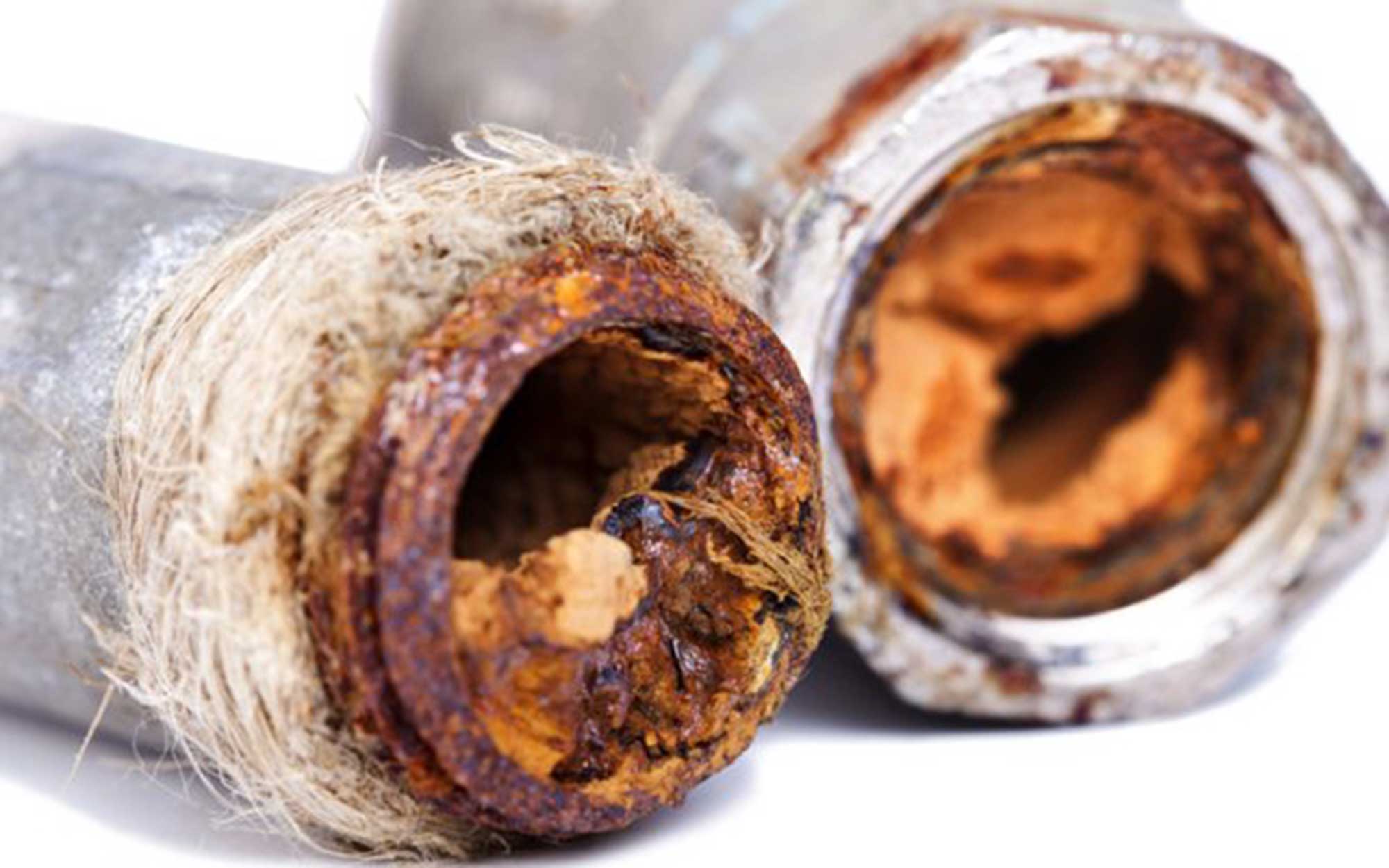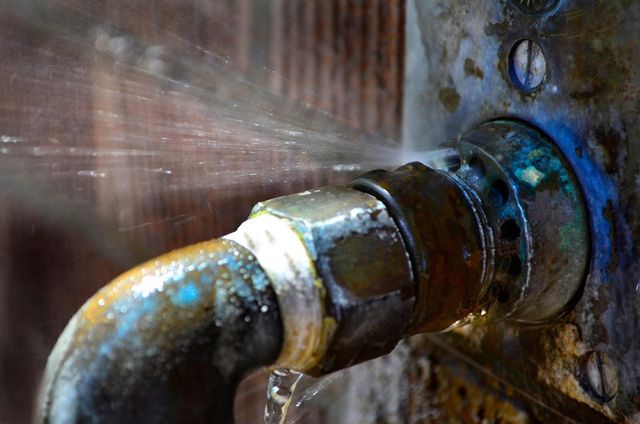Noisy Plumbing Problems Addressed!
Noisy Plumbing Problems Addressed!
Blog Article
In this article below you might get additional helpful answers in regards to Why Your Water Pipes Are Noisy and How To Shut Them Up.

To detect noisy plumbing, it is necessary to establish initial whether the unwanted audios take place on the system's inlet side-in other words, when water is turned on-or on the drainpipe side. Sounds on the inlet side have actually varied causes: extreme water stress, used shutoff and faucet parts, incorrectly attached pumps or various other devices, inaccurately put pipeline bolts, and also plumbing runs containing too many tight bends or other limitations. Sounds on the drainpipe side generally originate from poor location or, as with some inlet side noise, a layout including tight bends.
Hissing
Hissing noise that happens when a tap is opened slightly usually signals too much water stress. Consult your neighborhood public utility if you suspect this problem; it will certainly have the ability to inform you the water stress in your location and also can mount a pressurereducing shutoff on the inbound water pipeline if essential.
Various Other Inlet Side Noises
Squeaking, squealing, scraping, breaking, as well as tapping normally are brought on by the growth or tightening of pipes, typically copper ones supplying hot water. The sounds take place as the pipelines slide versus loosened fasteners or strike nearby house framing. You can often pinpoint the area of the trouble if the pipelines are subjected; just follow the noise when the pipelines are making sounds. Probably you will discover a loosened pipeline hanger or an area where pipelines exist so near to floor joists or various other mounting pieces that they clatter against them. Affixing foam pipeline insulation around the pipes at the point of contact should treat the issue. Make sure bands and also wall mounts are protected and give appropriate support. Where feasible, pipeline fasteners need to be connected to enormous structural components such as foundation walls as opposed to to framing; doing so lessens the transmission of resonances from plumbing to surfaces that can intensify as well as transfer them. If affixing bolts to framing is inevitable, wrap pipelines with insulation or other resistant material where they contact bolts, and sandwich completions of new bolts between rubber washing machines when mounting them.
Correcting plumbing runs that experience flow-restricting tight or countless bends is a last option that needs to be undertaken just after speaking with a knowledgeable plumbing service provider. Sadly, this scenario is fairly usual in older houses that might not have been developed with interior plumbing or that have seen numerous remodels, especially by novices.
Babbling or Screeching
Intense chattering or shrieking that takes place when a shutoff or faucet is switched on, which normally goes away when the installation is opened fully, signals loosened or defective internal parts. The option is to change the shutoff or faucet with a new one.
Pumps and home appliances such as cleaning equipments and also dishwashers can transfer motor noise to pipes if they are incorrectly attached. Connect such things to plumbing with plastic or rubber hoses-never stiff pipe-to isolate them.
Drain Sound
On the drainpipe side of plumbing, the chief goals are to get rid of surfaces that can be struck by falling or rushing water as well as to protect pipelines to consist of inescapable audios.
In brand-new building and construction, bath tubs, shower stalls, commodes, and also wallmounted sinks and also containers need to be set on or versus resistant underlayments to lower the transmission of sound through them. Water-saving toilets and faucets are less noisy than traditional models; install them instead of older types even if codes in your location still allow making use of older components.
Drains that do not run up and down to the basement or that branch into horizontal pipe runs sustained at flooring joists or other framing existing specifically bothersome sound issues. Such pipes are huge sufficient to radiate considerable vibration; they additionally lug considerable amounts of water, which makes the scenario even worse. In brand-new building, specify cast-iron dirt pipelines (the big pipes that drain pipes bathrooms) if you can afford them. Their massiveness has a lot of the noise made by water passing through them. Also, avoid routing drains in walls shared with rooms as well as spaces where people collect. Walls containing drains must be soundproofed as was described previously, utilizing double panels of sound-insulating fiber board and wallboard. Pipelines themselves can be wrapped with unique fiberglass insulation produced the purpose; such pipelines have an invulnerable plastic skin (sometimes consisting of lead). Results are not always satisfactory.
Thudding
Thudding noise, usually accompanied by shuddering pipelines, when a faucet or home appliance shutoff is shut off is a problem called water hammer. The noise as well as resonance are caused by the resounding wave of stress in the water, which instantly has no location to go. Occasionally opening a valve that releases water rapidly into an area of piping containing a limitation, joint, or tee fitting can create the exact same problem.
Water hammer can typically be treated by mounting fittings called air chambers or shock absorbers in the plumbing to which the issue shutoffs or faucets are attached. These gadgets permit the shock wave developed by the halted flow of water to dissipate airborne they have, which (unlike water) is compressible.
Older plumbing systems may have short upright areas of capped pipe behind wall surfaces on faucet runs for the very same purpose; these can ultimately loaded with water, minimizing or damaging their effectiveness. The remedy is to drain pipes the water system totally by shutting down the major water supply shutoff and also opening up all taps. Then open the primary supply valve and also shut the faucets one at a time, starting with the tap nearest the shutoff and also ending with the one farthest away.
If Your Plumbing is Making These Sounds, There’s a Problem
A Bang or Thump When You Turn Off a Faucet
If a loud bang or thump greets you each time your turn off running water, you likely have a water hammer. A water hammer occurs when the water velocity is brought to a halt, sending a shock wave through the pipe. It can be pretty jarring — even worse, damaging to your plumbing system. All that thudding could loosen connections.
Strange Toilet Noises
You’re so familiar with the sounds your toilet makes that your ears will be attuned to anything out of the ordinary. Fortunately, most unusual toilet noises can be narrowed down to just one of several problems.
Foghorn sound:
Open the toilet tank Flush the toilet When you hear the foghorn noise, lift the float to the top of the tank If you’re ambitious, you can remove the ballcock valve and disassemble it to replace the washer. Or you can more easily replace the ballcock valve entirely. This device is relatively inexpensive and available at most any hardware store.
Persistent hissing:
The hissing following a flush is the sound of the tank filling. It should stop once the tank is full. But if the hissing continues, it’s likely because water is leaking out of the tank. The rubber flap at the bottom of the tank can degrade, letting water slip through and into the bowl. That’s why the tank is refilling continuously. Fortunately, this is an easy fix:
Cut the water to the toilet by closing the shutoff valve on the water supply line. Flush the toilet to drain the tank. Disconnect the flapper Attach the new flapper Gurgling or bubbling:
Gurgling or bubbling suggests negative air pressure in the drain line, likely resulting from a clog. As air releases, it causes the water in the toilet to bubble. This could either be a minor issue or a major one, depending on the clog’s severity. Clogs can be caused by toilet paper or more stubborn obstructions such as tree roots. If you can’t work out the clog with a plunger, contact a professional plumber for assistance because a clog of this magnitude could lead to filthy and unsanitary sewage backups in your sink bathtub.

We had been made aware of that write-up on Why Do My Plumbing Pipes Make A Knocking Noise from someone on a different web property. Liked our posting? Please share it. Help someone else locate it. Bless you for your time. Come back soon.
Schedule Your Service Report this page